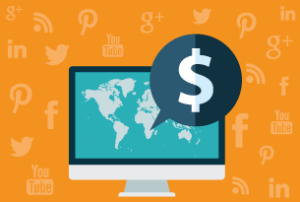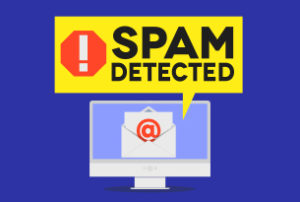Beyond the embarrassing photos, new found friends, professional connections, and social gaming, there lurks a conflict – and conflict of interest – that most people know nothing about.
On the one hand there are Social Media venues (including Google) all of whom have a business model that provides free consumer functionality in exchange for user-generated content and user demographic information. The advertiser is willing to pay for tightly targeted audiences, thus providing the Social Media venues a powerful economic incentive to ask us to provide more and more personal information. And because we crave community and connection, we are happy to comply.
No one can argue about the value of Social Media; it is being used by individuals, charities, corporations and governments to engage their stakeholders. In a certain sense, it is becoming an essential service.
But it still may be a devil’s bargain if one side – users – do not know how their information may ultimately be used. (Interestingly, the other side has no idea either, given the pace of innovation.) Google, while its mantra may still be “do no evil”, is busy collating our information in maps, emails, clicking patterns, searches, and dozens of other ways. So are Microsoft, Facebook, Yahoo, and others. They don’t even ask: we freely volunteer information about ourselves in our Social Media profiles. And we freely give these companies our credit card numbers, addresses, and mothers’ maiden names.
While there is strict access control about what you might see on someone else’s Facebook page, these benevolent dictators have complete access to connect our data together in ways we cannot possibly imagine. They know (and will know) more about us and our likes and dislikes than our most intimate friends. And unlike the market research of old, they know about us specifically, not just in aggregate.
This complete profile – which also includes our relationships – is a bonanza for marketers, ad agencies, and the Social Media venues that serve as hubs. And as the 300+ Social Media venues consolidate (as they surely will) even more data will be poured into the mix, making each of our Social Graphs even more transparent… to the companies who control them (and profit from them).
The question is whether all this is for the bad or for the good. Nobody appreciates ads that are intrusive or irrelevant – neither consumers nor advertiser. Targeting reduces this issue. The collection and connection of the data has spawned a veritable tech boom – also good. And what about all of the free functionality? Google Docs, Gmail, Facebook, LinkedIn, and the many other nifty new tools? Incredibly powerful.
But without a clear understanding of how our information is being used, the cost of the devil’s bargain won’t be known, until it is too late. Free may mean free, but it doesn’t mean costless.
This week’s action plan: Do you even know where your data is and how it’s being used? This week, create an inventory: which sites have your credit cards, home address, mobile and traditional phones, resume, and other personal data.
This post has been written by 108’s Senior Advisor and former CEO Randall Craig.











